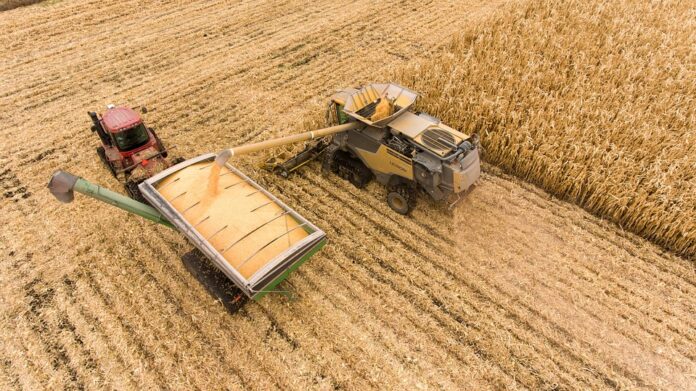Sprayer Nozzles Types, Spray Patterns, and Drift Control Strategies
Sprayer nozzles are essential components in agricultural spray equipment, responsible for delivering pesticides, fertilizers, and other chemicals to crops efficiently and effectively. Understanding the different types of nozzles, spray patterns, and drift control strategies is crucial for achieving optimal results while minimizing environmental impact and maximizing cost-effectiveness.
Sprayer Nozzle Types
There are several types of sprayer nozzles available on the market, each designed for specific applications and desired outcomes. The most common types include:
Flat Fan Nozzles: These nozzles produce a flat, fan-shaped spray pattern, making them ideal for uniform coverage on broad areas. They are commonly used for herbicide applications.
Full Cone Nozzles: Full cone nozzles produce a circular spray pattern, providing excellent coverage for targeted applications. They are often used for fungicides and insecticides.
Hollow Cone Nozzles: Hollow cone nozzles create a hollow, cone-shaped spray pattern, making them suitable for applications requiring finer droplets and better coverage of plant surfaces.
Adjustable Cone Nozzles: These versatile nozzles allow users to adjust the spray angle and droplet size, providing flexibility for different spraying needs.
Choosing the right nozzle type depends on factors such as the type of chemical being applied, the target crop, and the desired coverage pattern.
Spray Patterns
The spray pattern produced by a nozzle plays a significant role in determining the coverage and efficacy of the application. Common spray patterns include:
Uniform: A uniform spray pattern provides consistent coverage across the target area, ensuring that all plants receive an equal amount of the sprayed material.
Overlap: An overlap spray pattern involves overlapping adjacent spray swaths to ensure complete coverage and minimize gaps in application.
Edge: An edge spray pattern focuses on applying chemicals to the edges of the target area, helping to prevent weeds or pests from encroaching on the crop.
Choosing the right spray pattern is critical for maximizing the effectiveness of the application and minimizing wastage of chemicals.
Drift Control Strategies
Spray drift, the movement of chemical particles away from the target area, can lead to environmental contamination, crop damage, and reduced efficacy of the application. Implementing drift control strategies is essential to minimize drift and ensure that the sprayed material reaches its intended target. Some common drift control strategies include:
Use of Drift-Reducing Nozzles: Nozzles specifically designed to produce larger droplets can help reduce drift by minimizing the formation of fine particles that are susceptible to wind dispersion.
Optimizing Spray Pressure: Adjusting the spray pressure to the recommended level for the selected nozzle type can help reduce drift while maintaining optimal coverage.
Applying Spray Adjuvants: Adding adjuvants to the spray mixture can improve droplet size and reduce drift potential, enhancing the efficacy of the application.
Timing Applications: Spraying during calm weather conditions with minimal wind can help minimize drift and ensure that the sprayed material stays on target.
By incorporating drift control strategies into their spraying practices, farmers can improve the efficiency and effectiveness of their applications while reducing the risk of environmental harm.
Overall, understanding the different types of sprayer nozzles, spray patterns, and drift control strategies is crucial for achieving successful and sustainable crop protection. By selecting the right equipment and implementing appropriate techniques, farmers can optimize their spraying operations and maximize the benefits of their chemical applications.




